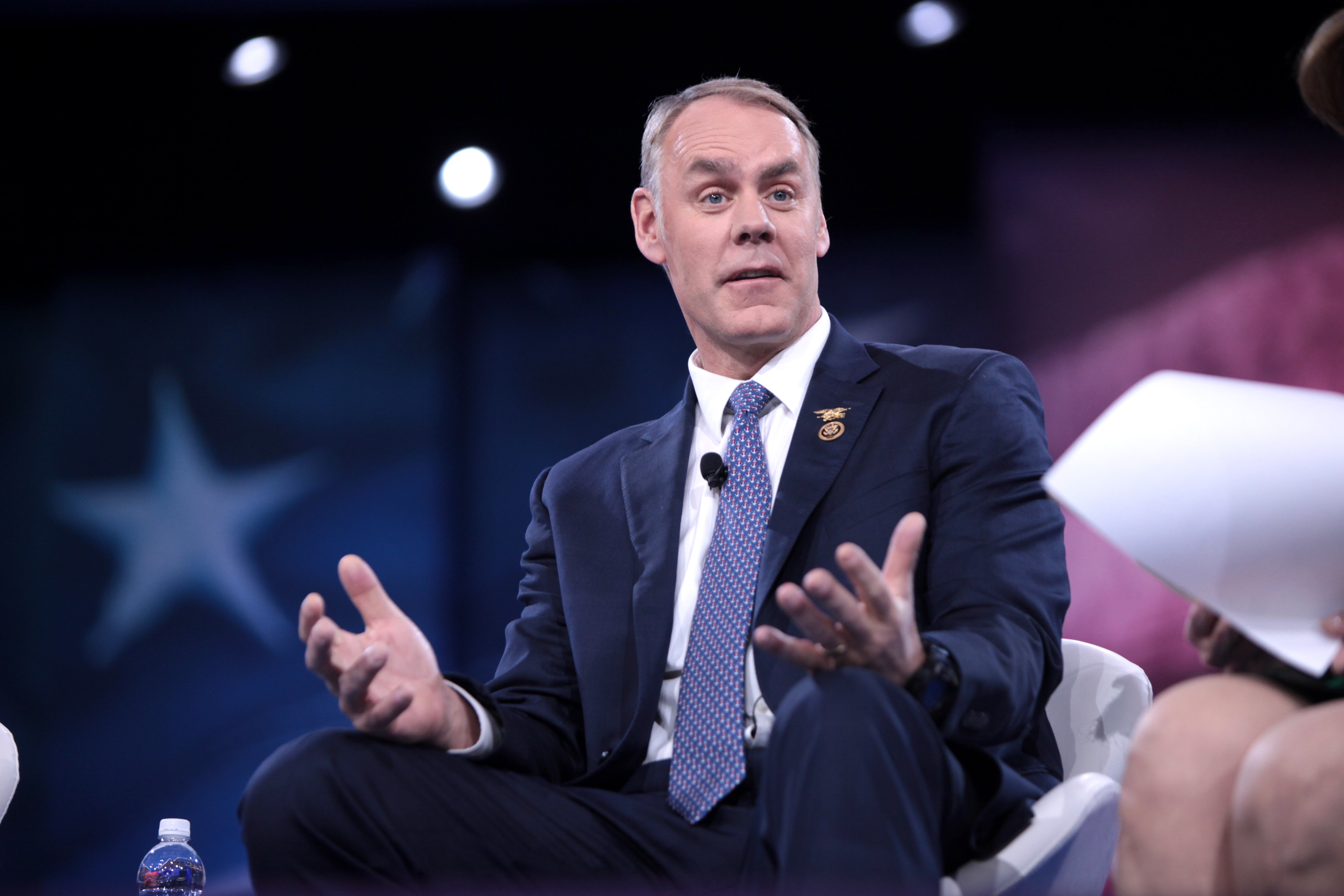 The Cabinet Room was buzzing with (clean) energy on Tuesday as New Mexico Gov. Michelle Lujan Grisham was joined by her Energy Minerals and Natural Resources (EMNRD) Secretary Sarah Cottrell Propst and Environment Secretary Jim Kenney to sign one of the strongest climate executive orders in the nation.
The Cabinet Room was buzzing with (clean) energy on Tuesday as New Mexico Gov. Michelle Lujan Grisham was joined by her Energy Minerals and Natural Resources (EMNRD) Secretary Sarah Cottrell Propst and Environment Secretary Jim Kenney to sign one of the strongest climate executive orders in the nation.
Crucially, the order also directs New Mexico’s state agencies to move expeditiously and develop comprehensive, statewide methane regulations to cut energy wasted from the oil and gas industry and improve air quality.
Now the question becomes, “what next?”
Governor Lujan Grisham made her wishes for a speedy methane rule development clear in the executive order, directing her EMNRD and Environment Department to enact rules “as soon as practicable.”
And she set a high bar for the strength and inclusiveness of the methane rules when she said that, “Our goal is to eclipse states that are successfully doing this work.”














